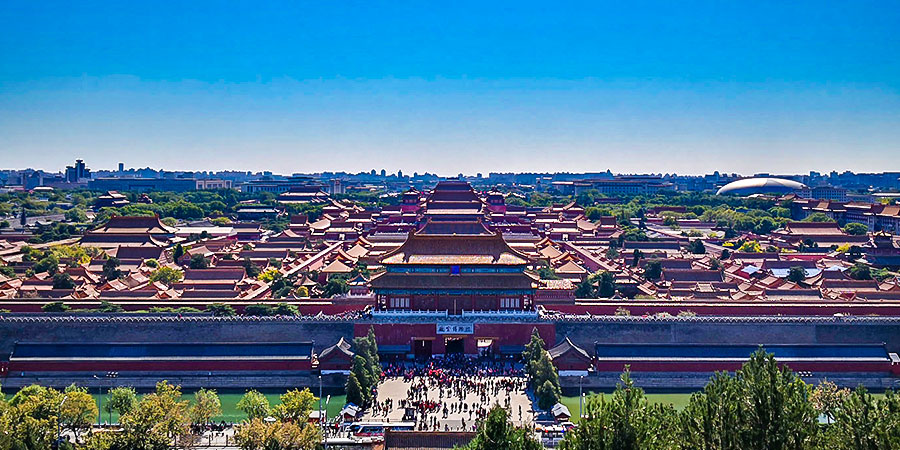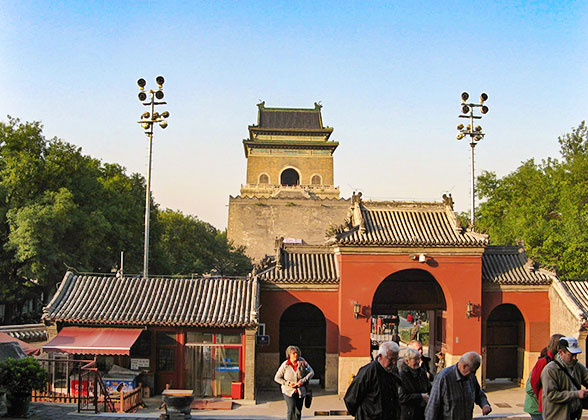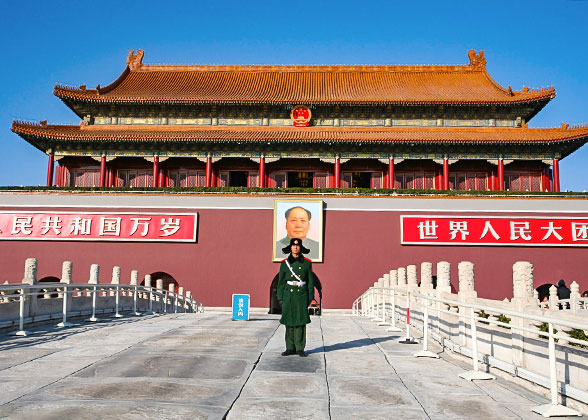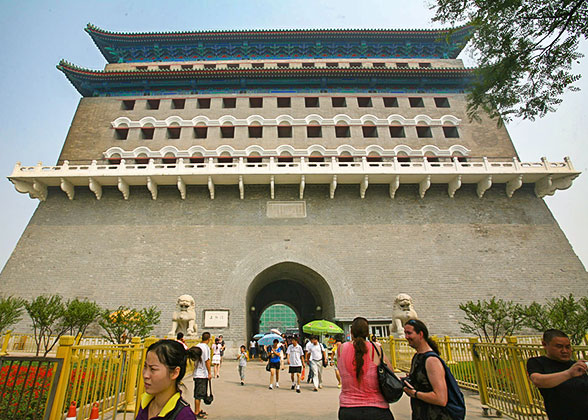On July 27, 2024 during the 46th session of the UNESCO World Heritage Committee held in New Delhi, India, Beijing Central Axis was included as a world heritage. By now, China has a total of 59 world heritages, also including the famous Great Wall of China, Forbidden City and Terracotta Army.
 |
| Beijing Central Axis |
What is Beijing Central Axis?
Initially established in 13th century and finally shaped in 16th century, Beijing Central Axis traverses the Beijing city in north-south direction with a whole length of 7.8 kilometers (4.8 miles). It is chosen as a world heritage not only because it is currently world’s longest urban central axis, but also because it showcases the layout of ancient Chinese cities and witnessed the development of Beijing city.
From north to south, it mainly consists of:
1. Bell & Drum Towers: As time-tellers of old Beijing, they also instructed the life routine and order of ancient Beijingers.
2. Wanning Bridge: It was at the junction of the Central Axis and Grand Canal helping transport goods between northern and southern China in ancient times. Then you can imagine how busy it once was!
3. Jingshan Hill:This was the highest point of the old Beijing City and royal garden of the imperial families.
4. Forbidden City: This was the politics and power center of the whole China from 1420 to 1911. Its axis is part of the Beijing Central Axis.
5. Upright Gate: Looking similar to the well-known Tian’anmen Tower, it was used to store etiquette supplies of the emperors.
|
|
6. Tian’anmen Tower: This is the southern and main gate of the inner Beijing city in Ming Dynasty (1368 - 1644) and Qing Dynasty (1644 - 1911). Nowadays, it is a symbol of China.
7. Outer Golden Bridge: It is right in front of the Tian’anmen Tower, displaying ancient Chinese architecture concepts of “central” and “harmony”.
8. Imperial Ancestral Temple: As the name indicates, it was the temple of the imperial families of Ming and Qing Dynasties (1368 - 1911). It is currently the most complete and largest of its kind in China.
9. Altar of Land and Grain: Ancient emperors once worshipped the God of Land and God of Grain here.
10. Tian’anmen Square including Monument to the People's Heroes, Memorial Hall of Chairman Mao, National Museum of China and Great Hall of People: This is the “youngest” architecture complex along the Central Axis, but witnessed the establishment of People’s Republic of China. Till today, many national activities, events and celebrations are held here.
11. Qianmen (Zhenyangmen Gate): This is the largest and highest ranked gate along the ruined and obliterated Ancient City Wall of Beijing.
|
|
12. Ancient Beijing Road Remains: Many national activities and celebrations once taken place here.
13. Temple of Heaven: It was built along the southern section of the Central Axis because of the tradition: worshipping God of Heaven in the south. It was where the ancient emperors offered sacrifices to the God of Heaven.
14. Altar of God of Agriculture: It is symmetrical to the Temple of Heaven along the Central Axis, used by ancient emperors to worship the God of Agriculture.
15. Yongding Gate: It was the southern gate of the Beijing outer city, with the highest rank among the 7 outer city gates.



